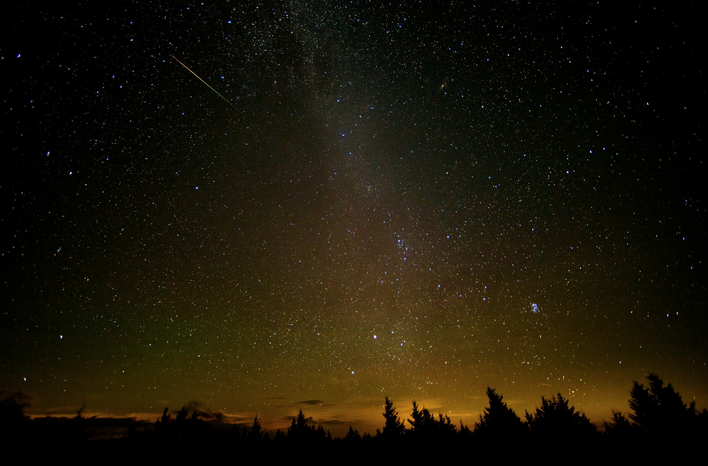All year long as Earth revolves around the sun, it passes through streams of cosmic debris. The resulting meteor showers can light up night skies from dusk to dawn, and if you’re lucky you might be able to catch a glimpse.
The next shower you might be able to see is the Perseids. Active between July 17 and Aug. 26, the show peaks around Monday night into Tuesday morning, or Aug. 12-13.
The Perseids light up the night sky when Earth runs into pieces of cosmic debris left behind by Comet Swift-Tuttle. The dirty snowball is 17 miles wide and takes about 133 years to orbit the sun. Its last go-round was in 1992.
Usually between 160 and 200 meteors dazzle in Earth’s atmosphere every hour during the display’s peak. They zoom through the atmosphere at around 133,000 miles per hour and burst about 60 miles overhead. However, the moon will be close to full, which could obscure viewing in many locations.
Read more from Nicholas St. Fleur with the New York Times here.

